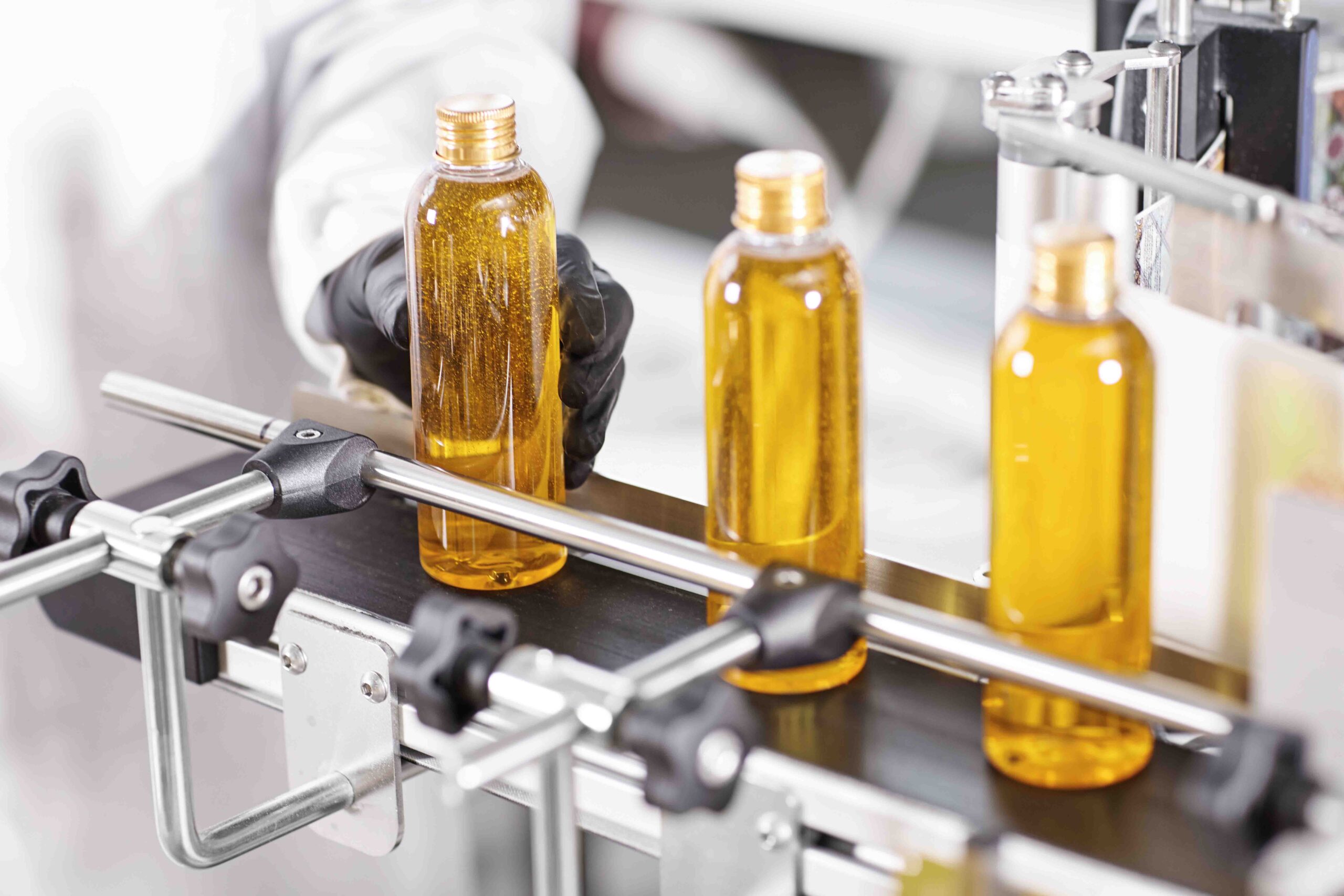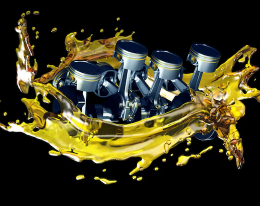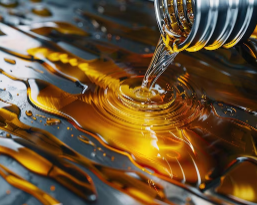Introduction: The Strategic Value of Additive Packages
Lubricant additive packages, often termed the “performance engine” of finished oils, account for 15%–40% of total lubricant costs. Their formulation requires a delicate balance of anti-wear, antioxidant, and detergency properties while complying with environmental regulations and cost constraints. This article delves into the chemical principles behind designing high-efficiency additive packages.
- Chemical Foundations of Additive Synergy
1.1 Anti-Wear Agents (e.g., ZDDP) & Antioxidants
Mechanism: ZDDP (Zinc Dialkyldithiophosphate) decomposes under high temperatures to form phosphate-based protective films. However, its breakdown byproducts (e.g., sulfur compounds) can accelerate oil oxidation.
Solution: Introduce amine-based antioxidants (e.g., alkylated diphenylamines) to scavenge free radicals, extending oil service life.
1.2 Detergents & Dispersants
Detergents: Metal-based detergents (e.g., calcium sulfonates) neutralize acidic combustion byproducts.
Dispersants: Ashless dispersants (e.g., polyisobutylene succinimide) prevent sludge agglomeration.
Balancing Act: Excessive detergent alkalinity can cause precipitation; ratios must align with fuel sulfur content (e.g., higher sulfonate levels for diesel engines).
- Four-Step Formulation Design Process
Step 1: Define Requirements
Application-Specific Targets:
Passenger Car Oils: Focus on API SP/SN Plus certifications and fuel economy.
Heavy-Duty Diesel Oils: Prioritize high TBN (Total Base Number ≥10) and soot control.
Case Study: A CK-4-certified diesel oil formulation required a blend of high-alkalinity detergents and low-ash anti-wear agents to meet TBN ≥10 and sulfated ash ≤1.0%.
Step 2: Component Screening & Compatibility Testing
Performance Validation:
Anti-Wear Testing: High-Frequency Reciprocating Rig (HFRR) tests measure wear scar diameter.
Oxidation Stability: Pressure Differential Scanning Calorimetry (PDSC) evaluates antioxidant efficacy.
Pitfall Alert: Molybdenum-based anti-wear agents may hydrolyze in ester-rich base oils. Pre-blending compatibility tests are mandatory.
Step 3: Dynamic Simulation & Cost Optimization
Design of Experiments (DOE):
Example: Anti-wear agent concentration shows diminishing returns beyond 0.8% (wear reduction plateaus while costs spike).
Cost-Performance Trade-offs: Substitute expensive components (e.g., organic molybdenum) with boron-nitrogen synergists for cost-sensitive markets.
Step 4: Real-World Validation
Case Study: A lubricant developer observed a 12% deviation between lab data and engine bench tests for a China VI-compliant oil. Root cause analysis traced it to competitive adsorption between detergents and antioxidants. Adjusting the pH range resolved the issue.
- Future Trends: AI-Driven Formulation Development
Machine Learning in Action:
BASF and Lubrizol use AI models trained on historical data to predict additive interactions, slashing formulation development cycles from 18 months to 6 months.
Digital Twin Technology: Simulate additive performance under extreme conditions (e.g., -40°C cold starts or 200°C turbocharger environments).
- Regulatory Compliance & Sustainability
Evolving Standards:
Euro 7/China VII regulations demand ultra-low phosphorus (<0.05%) and sulfur content, pushing ashless additive systems.
Bio-Based Alternatives:
Plant-derived esters and modified lignin antioxidants are emerging as renewable alternatives to petroleum-based additives.
Conclusion
Formulating high-performance additive packages is a fusion of molecular-level chemistry and industrial pragmatism. Success hinges on mastering additive synergies, leveraging advanced tools like DOE and AI, and anticipating regulatory shifts. As the industry marches toward carbon neutrality, additive innovation will remain pivotal in achieving both performance and planetary sustainability.





